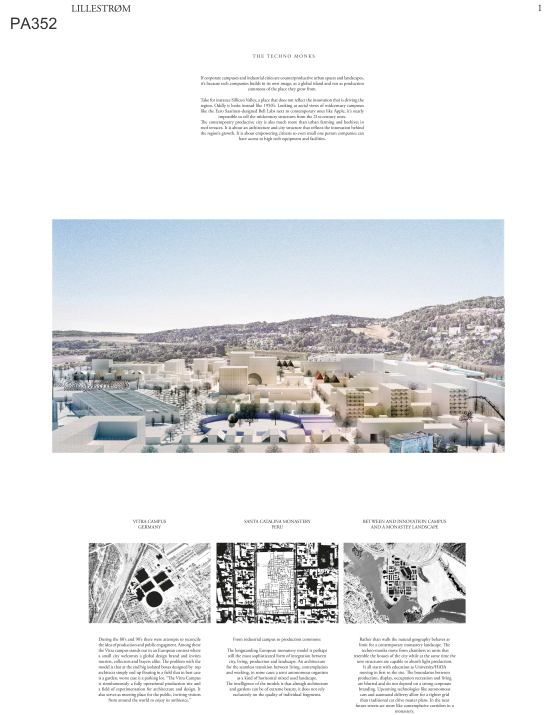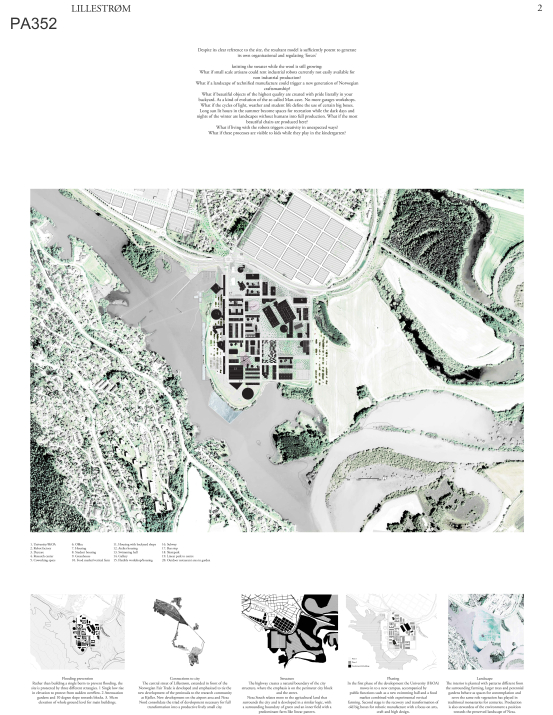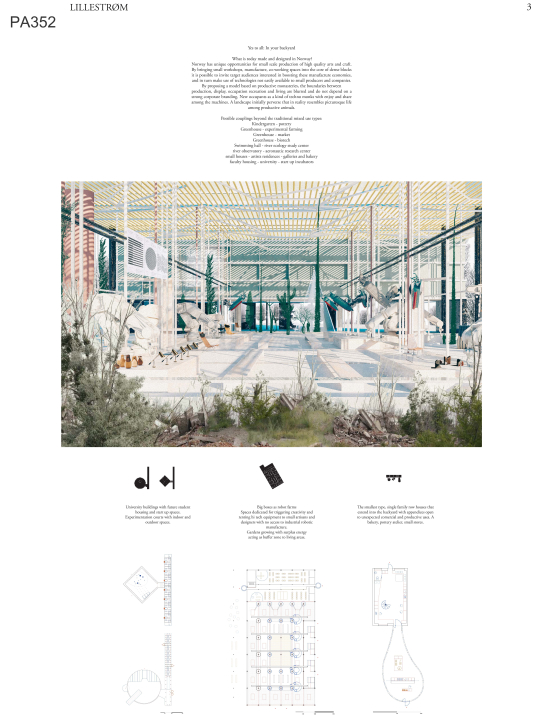Project:
Techno Monks
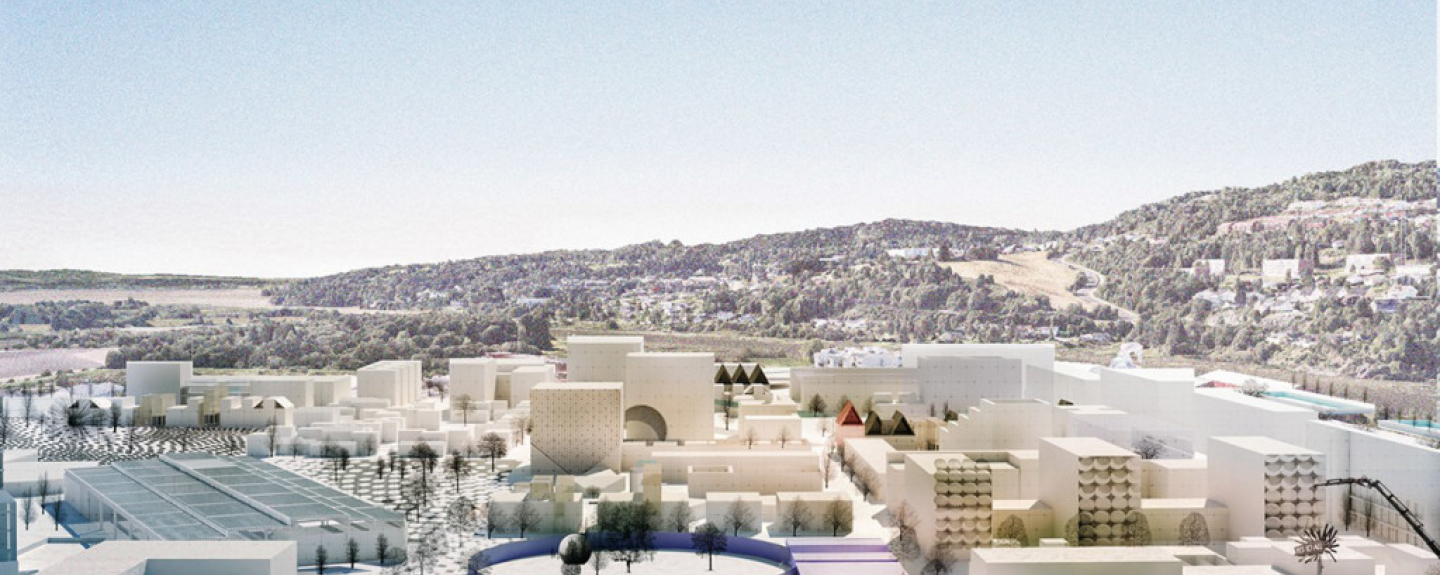
About
-
If corporate campuses and industrial cities are counterproductive urban spaces and landscapes, it’s because tech companies build in its own image, as a global island and not as production commons of the place they grow from.
Take for instance Silicon Valley, a place that does not reflect the innovation that is driving the region. Oddly it looks instead like 1950’s. Looking at aerial views of midcentury campuses like the Eero Saarinen-designed Bell Labs next to contemporary ones like Apple, it’s nearly impossible to tell the midcentury structures from the 21st-century ones.
The contemporary productive city is also much more than urban farming and beehives in roof terraces. It is about an architecture and city structure that reflects the innovation behind the region’s growth. It is about empowering citizens so even small one-person companies can have access to high tech equipment and facilities.
Despite its clear reference to the site, the resultant model is sufficiently potent to generate its own organizational and regulating ‘forces’ knitting the sweater while the wool is still growing:
What if small scale artisans could rent industrial robots currently not easily available for non-industrial production?
What if a landscape of technified manufacture could trigger a new What if beautiful objects of the highest quality are created with pride literally in your backyard. As a kind of evolution of the so-called Man- cave. No more garages workshops.What if the cycles of light, weather and student life define the use of certain big boxes. Long sun lit hours in the summer become spaces for recreation while the dark days and nights of the winter are land- scapes without humans into full production.
What if the most beautiful chairs are produced here?
What if living with the robot’s triggers creativity in unexpected ways? What if these processes are visible to kids while they play in the kindergarten?Possible couplings beyond the traditional mixed-use types: Kindergarten - pottery Greenhouse-experimental farming Greenhouse - market
Greenhouse - biotech
Swimming hall-river ecology study center
river observatory-aeronautic research center
small houses-artists residences-galleries and bakery faculty housing-university-start up incubators -
The project, Techno Monks, has both a formalistic structural and programmatic approach. The structural scheme is based on references to the typologies of the Santa Catalina Monastery in Peru (fine mesh-typology) and the Vitra Design Campus in Germany (big box-Campus-typology) and a belief in a dualistic win-win situation by combining a specific small-scale structure with a big one, both with different roles and programmes. “It is about empowering citizens so even small one-person companies can have access to high-tech equipment and facilities.”
In addition to the two new structures the authors keep some of the ex- isting buildings. Together, this becomes a hybrid and complex scheme combining different scales and structures in different zones. Although the project is consistent and beautifully presented, the plan itself is not obviously direct operational. It is unclear if the scheme is meant as a framework of zoning with different guidelines or as a specific designed proposal. The project introduces a new university (big box function) as an initial step. This seems unrealistic and makes the plan vulnerable and less flexible. Small-scale arts and craft as the addition- al programme to the university and housing appear casually. The jury questions how the new proposed programmes are related to the existing context.
-
Team members:
Charlotte Hansson (SE), architect
Christiana Pitsillidou (NO), architect
Luis Callejas (CO), architectContact information:
www.lclaoffice.com
lc@lclaoffice.com
christiana.pitsillidou@gmail.com
C. Pitsillidou, C. Hansson & L. Callejas
Team interview
1. How did you form the team for the competition?
We enjoy working together and at that time of the competition we were also living in the same city. Charlotte and Luis run a practice together since 2014 and we have all done competition together before.
2. How do you define the main issue of your project, and how did you answer on this session main topic: the place of productive activities within the city?
The main concern was to prove that a horizontal matt can be as productive and robust as a vertical type. If urbanism, pushed by developers, is often the vertical extrusion of capital, then perhaps a horizontal matt can be more of an actual expression of work’s implications on the ground. In other words, the ground itself as production surface, which obviously takes us back to agriculture and architectural models where gardens and cultivation have been defining elements of space
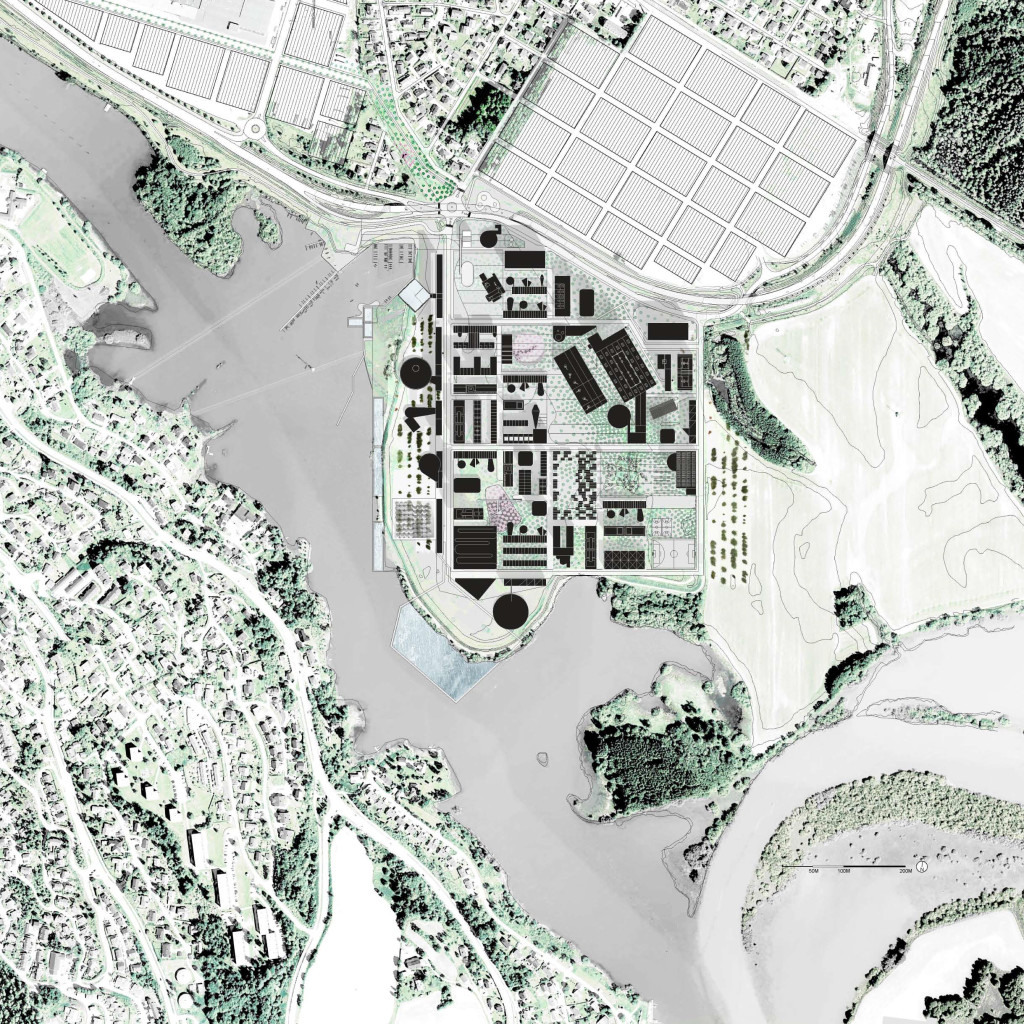
3. How did this issue and the questions raised by the site mutation meet?
As the site itself sits in between the city and the surrounding agricultural land this type of urban form is an ideal answer to this specific location, both in relation to the city and the larger landscape.
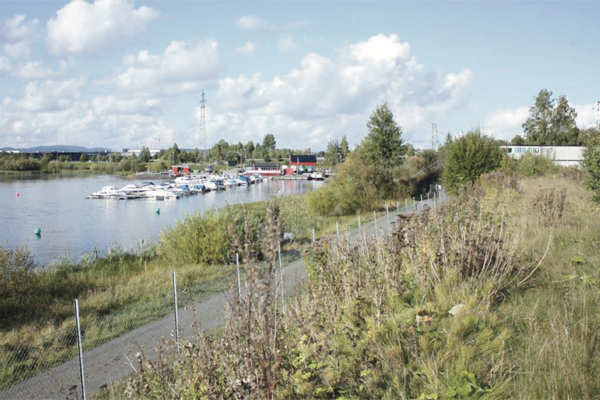
5. Urban-architectural projects like the ones in Europan can only be implemented together with the actors through a negotiated process and in time. How did you consider this issue in your project?
By doing the best spatial proposal we could do. Negotiations and processes are only interesting if they somehow lead to even more interesting spaces, otherwise spatial qualities dilute in the dialogues and the advantages of the model dissipate creating only an illusion of the effects of participation. In other words, quality is not necessary a product of negotiation if the spatial intentions are not clear before negotiations begin.
6. Is it the first time you have been awarded a prize at Europan? How could this help you in your professional career?
Yes, it is both the first time participating and being awarded. Second prizes are cool as you belong to a long lineage of radical ideas that after some decades often acquire long-lasting disciplinary value.
Downloads
Related projects
-
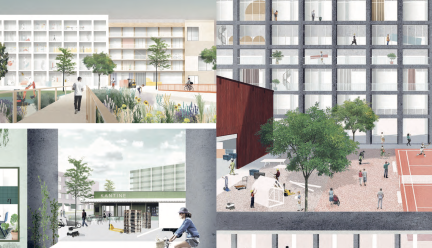
The Living City
The goal of the project is to develop a neighborhood where modern manufacturing processes,…
-
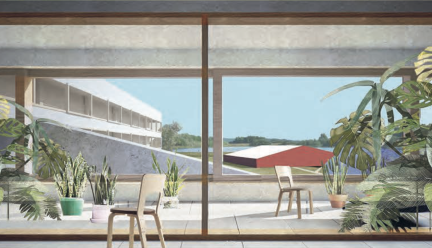
Fictions
The project aims to recognize and highlight the reality of these three main actors: nature,…
-

Techno Monks
By proposing a model based on productive monasteries, the bound- aries between production, display,…
